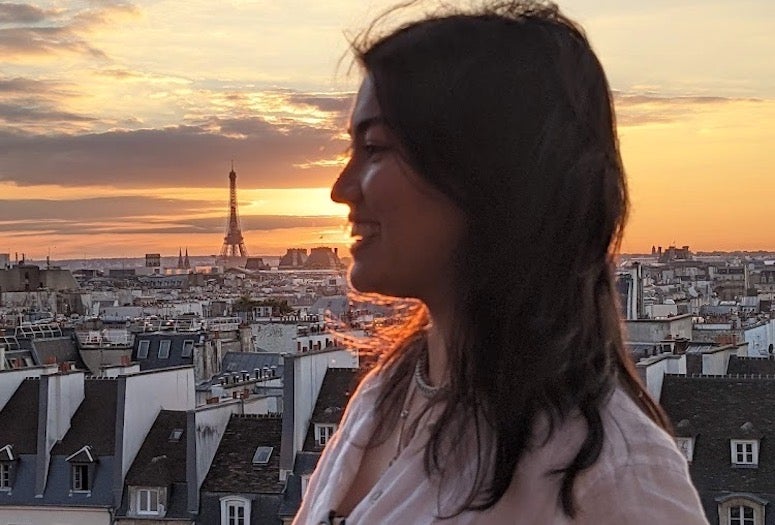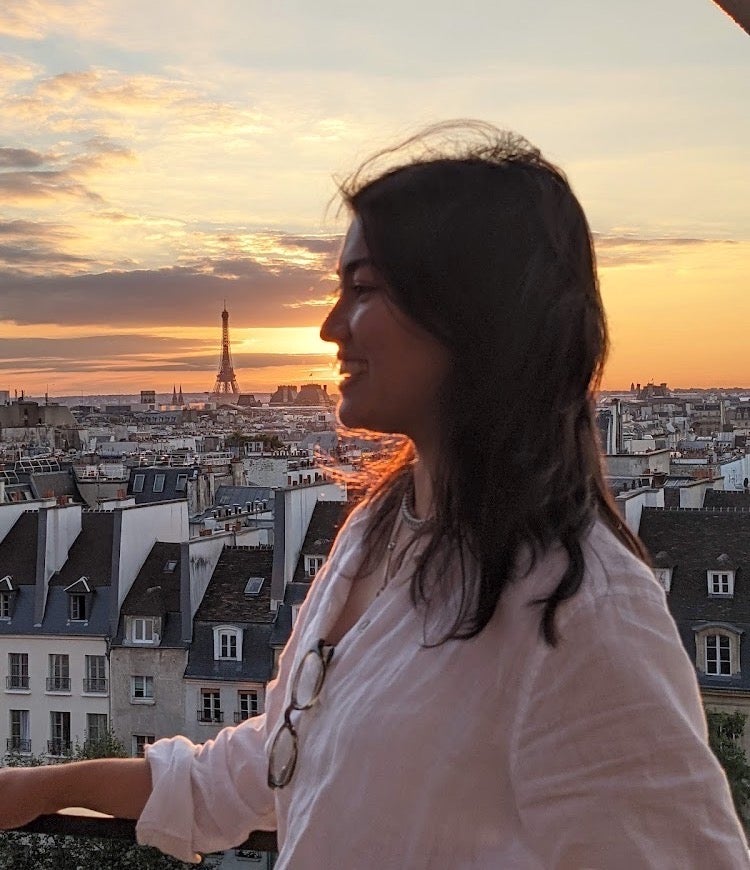
Twenty years on, Rice University’s first international campus, Rice School of Architecture Paris (RSAP), has plenty to celebrate.
The campus has hosted more than 400 students over two decades, giving them comprehensive insight into a particular built environment over the course of a semester.
“A lot of people have been to Paris, but it’s a different story when you’re walking around the city with experts,” said Sophie Eichner ’18. “That's an amazing experience.”
Rice will formally recognize RSAP’s benchmark anniversary with two events, one on the Houston campus Oct. 7 at 6 p.m., and another at the Paris campus Nov. 17 and 18.
“I think of Rice as locally grounded in Houston but also globally connected, including to Paris, a vibrant, multicultural metropolis that continues to inspire architects around the world,” said Igor Marjanović, the William Ward Watkin Dean of Rice Architecture. “What’s unique about the program is that while faculty from Houston visit, we also have local faculty from Paris and other parts of Europe who participate. We’re not just flying in Rice students to study in a bubble. We’re connecting them to architects, historians and engineers to create a hub of conversations and collaborations.”
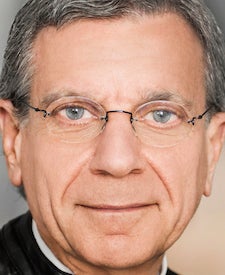
“Successful study abroad programs don’t happen in a vacuum; they require sharp vision and deep knowledge of language and culture to create a successful student experience," he said, expressing gratitude for the work of John Casbarian, Rice’s Harry K. and Albert K. Smith Professor of Architecture, founding director of RSAP, director of external programs and a faculty member since 1973.
That RSAP came to be in one of the world’s most vibrant cities is due to experience, good planning and some dogged legwork.
It could have been RSA-somewhere else. In the beginning, it was.
“This grew out of some of our earlier attempts at having a foreign study program,” Casbarian said. “In the mid-’90s I would to take students to Nice, Houston’s sister city, for 10 days to explore urban issues there, but students really wanted a semesterlong experience.”
Strategizing with then-dean Lars Lerup led to a collaborative program with another institution that brought students for several years to Vico Morcote, a village outside Lugano, Switzerland.

“By the early 2000s, it was difficult to recruit students for it because even though it’s one of the most idyllic places in the world, it is very isolated and didn't offer any kind of urban experience,” Casbarian recalled. “It took an hour just to walk down the hill to Lugano. They might as well have been on a ship in the middle of the ocean.
“But it taught me how to organize a program like this,” he said. “I told Lars, ‘We need to start our own.’”
In early 2002, with additional and enthusiastic backing from Provost Gene Levy, Casbarian got to work. “We started with a clearly articulated academic program and then found a building for it,” he recalled. “The moment we got approval in March 2002, I wrote to the students and said, ‘Look, I don’t have any details yet, but we’re starting this program in the fall. I can’t tell you where exactly in Paris, but who of you wants to go?’
“I got 10 pioneering students who jumped at the opportunity.”

After a year in a converted ceramic factory on the outskirts of Paris, Casbarian invested some shoe leather and found RSAP’s current location in the 12th arrondissement. He credited his first assistant, Rice alumnus J. Kent Fitzsimons, now a professor of architecture in Bordeaux, for his efforts to get the program up and running, and Garry White, resident director since 2010, for his invaluable contributions.
Up to 10 graduate or fifth-year undergraduate architecture students from Rice and occasionally other institutions attend RSAP for a semester. They’ll be joined in the City of Light by students studying at the Rice University Paris Center in the next year.
While a semester at RSAP encompasses studio work, history, theory, technology, French culture and language, both coursework and downtime adventures reinforce the Paris experience, according to alumni.
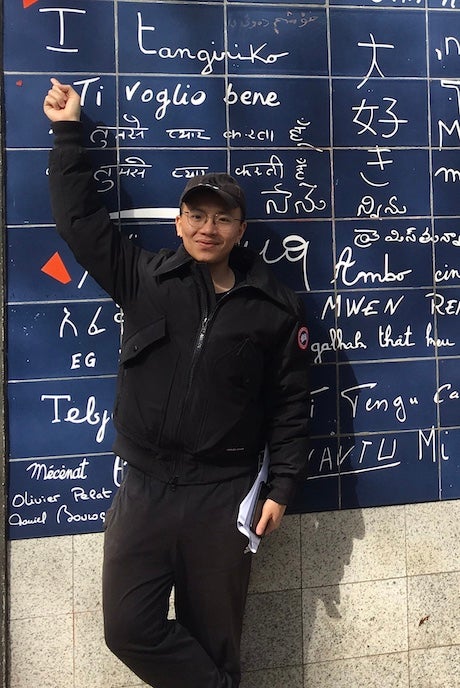
“I was drawn to Rice in the first place because of the Paris program,” said Leyuan Li ’19, an architect and adjunct faculty member at the University of Houston, and soon to be an assistant professor of architecture at the University of Colorado Denver. “Other universities have similar programs, but this one is comprehensive.”
And enjoyable. Li said a favorite activity with his classmates would be to walk the streets until midnight, observing the city’s architecture in its quiet majesty. “We’d wrap up our projects, grab a bottle of wine and walk from our studio to the Pompidou Center, or sometimes all the way to Palais de Tokyo.
“Even though the museums were closed by that time, it was fun to see a different aspect of Paris,” he said. “During the daytime, it’s super packed with tourists, but at night it was so tranquil and very charming.”
Li said his Paris experience still reverberates in his work. “My research resides in the intersection between interior and urbanism, and it was sparked when I was working on my thesis in Paris. It’s an underresearched area.
“I observed so many interesting public urban interior spaces that ultimately shaped my research interests … and that led to my teaching career,” he said.
Eichner’s RSAP experience was also a homecoming. A native of Paris who grew up in the United States, the program was absolutely a factor in her decision to attend Rice.
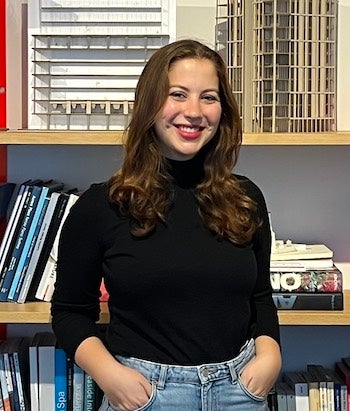
“When I was applying to schools and saw that Rice had the RSAP program, that was a major selling point,” said Eichner, now an architect at Studio Akkerhuis in Paris. “Living here wasn’t necessarily the plan from the get-go, but I thought doing it for my last semester gave me a moment to live in the country and find mentorship through the university.”
Despite knowing the terrain, Eichner said there was a lot to learn from her RSAP professors, particularly on field trips with adjunct professor Françoise Fromonot.
“She’s really brilliant,” Eichner said of Fromonot, who will conduct one of her famed tours for guests at the November event. “The lessons that stand out are the observational walks through the city, the way she teaches you to really look at spaces, think about them incredibly critically and experience them critically.”
“The lens that she views the city through is very unique and very critical,” added Heather Rowell ’09, who spent a semester in Paris in 2008. “It gave me an entirely new vocabulary with which to view all other cities.”

Eichner said there are similar lessons to be learned from local experts on all of Rice Architecture’s many travel opportunities. “But living in a different country kind of brings it to a whole new level,” said Eichner, who visits with friends and teachers at RSAP to this day.
Anna Fritz ’22, now an architect at Karamuk Kuo, the firm that designed Rice Architecture’s upcoming Cannady Hall, got to Paris as the pandemic wound down in 2021. “Paris and the preceptorship program were definitely two elements that attracted me to Rice,” she said. “The possibility of having a semester abroad in Paris was very enticing, and I definitely got more out of the experience than I expected.
“As an architect, we primarily deal with space, and what really matters is being able to visit buildings and be in the spaces you learn and talk about,” Fritz said. “That had a stronger impact on me than I thought it would. The density of historically significant buildings along with trends that started in Paris, like its early modernist buildings, make it stand out.”
She also appreciated having time outside of the classroom to soak up the Paris vibe. “The most beneficial part of being there is just being able to explore the city,” she said. “I had a massive list of things I wanted to see when I went, and by the time I left, I’d gotten through maybe a third of them.”

“I don’t know that the experience has had a direct impact on my career trajectory, but it gave me a ton of energy I didn’t necessarily have while I was studying in Houston, and fostered growth in ways I didn’t expect,” said Rowell, who established a residential and small commercial firm, HR Design Dept, with Rice (and 2006 Paris) alumnus Eric Hughes in 2018.
“I was energized to explore new means of representation and creative expression while I was there,” she said. “In a sense, that’s really what studying abroad did for me: It opened my eyes to new ways of thinking and a different way of looking at the world.”
Casbarian acknowledges the program could have been in another city, but then and now, Paris offers a unique hub of knowledge for budding architects, as well as easy travel around the continent.
“I was adamant that Paris had so much more to offer because of its urban history,” he said. “The draw is that you can see the city’s infrastructure from its founding to the present in a way that no other city can provide. Instead of giving lectures about a building or an urban place, we can go out in the city and physically experience them, by literally touching and feeling them.”
“You should never say no to one of those once-in-a-lifetime opportunities to live abroad and to have this experience,” Eichner said. “You have no idea of the kinds of doors and opportunities that it will open up for you.”

